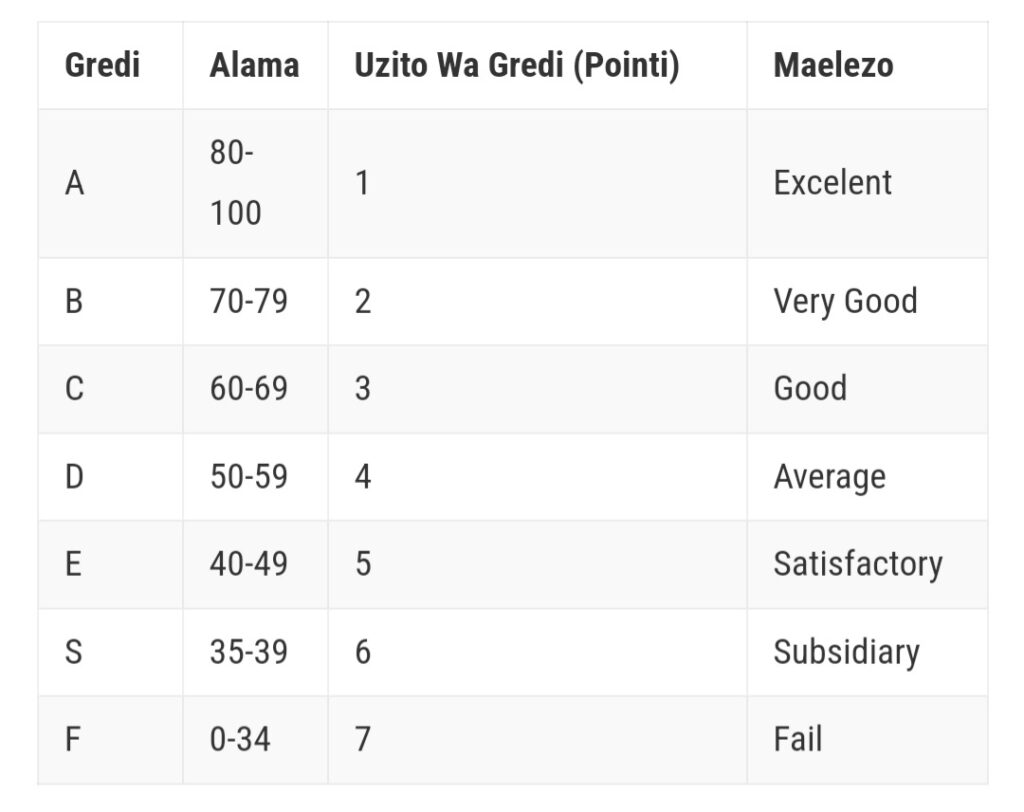Alama za ufaulu Kidato cha Sita | NECTA form six Grading System
Navigating the world of education can be challenging, especially when it comes to understanding grading systems. If you’re curious about how students in Tanzania are evaluated after completing their Form Six studies, then this is your guide. The NECTA Form Six grading system plays a crucial role in determining academic success and future opportunities. Let’s dive into what NECTA is all about and explore its unique structure and grading scale!
NECTA Grading System
The NECTA grading system assesses student performance in Tanzania, offering a standardized method to evaluate academic achievement at the Form Six level.
What is NECTA?
NECTA, or the National Examinations Council of Tanzania, oversees national examinations for primary and secondary education in Tanzania. It ensures standardized assessment across schools.
The Structure of NECTA Examinations
NECTA examinations comprise various subjects. They assess students’ knowledge through written tests, practicals, and oral assessments, ensuring a comprehensive evaluation of skills.
The Grading Scale
The NECTA grading scale is pivotal for assessing students’ performance. It comprises distinct grades ranging from A to F, with each representing a specific level of achievement.
An ‘A’ signifies excellent performance, while a ‘C’ indicates satisfactory understanding. Grades D and E reflect areas needing improvement, and an F means failure to meet the required standards.

This clear differentiation helps schools and universities determine eligibility for further studies. By familiarizing oneself with the grading scale, students can set realistic goals and enhance their learning strategies accordingly. Understanding this system opens doors to academic success in Tanzania’s education landscape.
